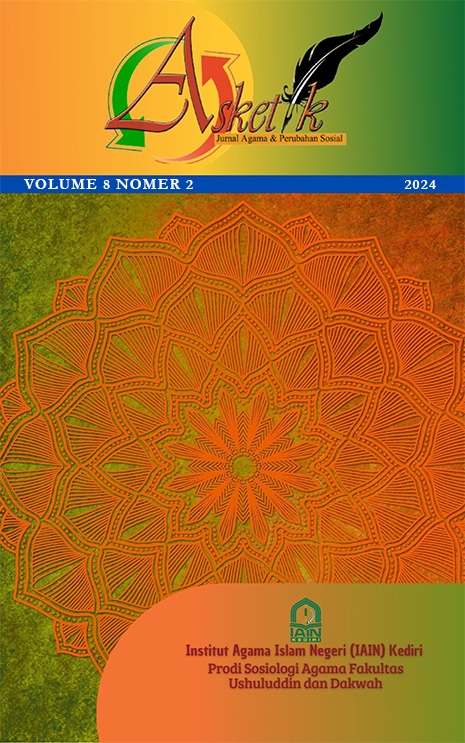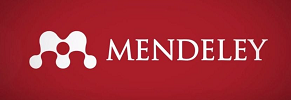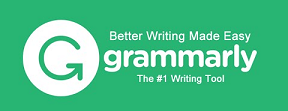Analysis of Organizational Strengthening Dimensions in Institutional Capacity Building of the Aceh Ulama Consultative Assembly
DOI:
https://doi.org/10.30762/asketik.v8i2.2568Keywords:
Capacity Building, Organization, Leadership, Ulama, MPU AcehAbstract
This study aims to analyze the dimensions of organizational strengthening at the Aceh Ulama Consultative Assembly (MPU) institution. This research uses a descriptive qualitative approach with data collection techniques in the form of interviews through open-ended questions. Field observations were made in the form of observations on organizational work culture, employee empowerment, and other activities at the Secretariat of the Aceh MPU Institution. Secondary data was reviewed on documents relevant to the research, such as performance reports, financial reports, regulations relating to MPU Aceh. The results of the study found that the organizational strengthening dimension of the Aceh MPU Institution in the aspect of the incentive system has been running well, there is an incentive system obtained by MPU Aceh members according to applicable regulations. The leadership aspect cannot be categorized as collective or network leadership. The coordination of MPU Aceh so far has only been internal to the organization between the Provincial MPU and the district / city MPU. It has not yet carried out cross-agency coordination. Collaborative leadership is the art of leading by involving many actors/institutions in the problem-solving process. This leadership model is very helpful in overcoming the limitations experienced by MPU Aceh in carrying out its duties and functions. In the aspect of employee empowerment, it has been running well, there is a division of labor through existing commissions. Organizational strengthening at MPU Aceh, which includes components of the incentive system, employee empowerment, leadership, organizational culture, and communication, will be more optimal if supported by strong and collaborative leadership.
Downloads
References
Adriansyah, F., Munardi, Arca, D., Ibrahim, F. M. N., & Saputra, E. (2012). Organisasi dan Tata Kerja Kelembagaan Pemerintah Aceh : Fokus Studi: MPU dan Baitul Mal. Banda Aceh: Pusat Kajian Dan Pendidikan dan Pelatihan Aparatur IV LAN Aceh.
Baldwin, J. R., Perry, S. D., & Moffitt, A. (2004). Communication Theories: For Everday Life. Boston: Pearson Education.
Bowen, D. E., & Lawler, E. E. (1995). Empowering Service Employees. MIanagement Review, 36(4), 73–84.
Casauay, A. (2015, September 2). How different is ARMM from the Bangsamoro?
Https://Www.Rappler.Com/Newsbreak/in-Depth/92639-Armm-Bangsamoro-Comparison/. Retrieved from https://www.rappler.com/newsbreak/in-depth/92639-armm-bangsamoro- comparison/
Creswell, J. W., & Creswell, J. D. (2018). Research Design. In Research Defign: Qualitative, Quantitative, and Mixed M ethods Approaches (Fifth). sage Publication.
Eka, F., & Anik, H. (2020). The Effect of Organizational Communication and Job Satisfaction on Employee Engagement and Employee Performance at PT. Abyor International. Dinasti International Journal of Education Management And Social Science, 1(4), 479–489. https://doi.org/10.31933/dijemss.v1i4.216
Fitriyana, I. (2020). Penerapan Terapi Zikir Untuk Mereduksi Stres Terhadap Karyawan Yang Di PHK(Study Kasus PT. Nufarm Indonesia, Kecamatan Puloampel). UIN Sultan Maulana Hasanuddin Banten.
Grindle, M. S. (1997). Getting Good Government: Capacity Building in The Public Sector of Developing Countries (Grindle, Ed.). Boston, MA: Harvard Institue for International Development.
Harnides, Abbas, S., & Khairuddin. (2023). Gender Justice in Inheritance Distribution Practices in South Aceh, Indonesia. Samarah, 7(2), 1293–1316. https://doi.org/10.22373/sjhk.v7i2.16688
Irek, N. E. (2018). Prophetic Reflection on Good Governance in Nigeria: Discourse on Chinua
Achebe’s The Trouble with Nigeria Chinua Achebe and the Convolution of Immortality.
Kumar, R. (2011). Research Methodology: A step-by-step guide for beginners (3rd ed.). California: Sage Publication.
Miles, M. B., Huberman, A. M., & Saldana, J. (2014). Qualitative Data Analysis A Methods Sourcebook. United Kingdom: Sage Publication.
Nurdin, A. (2012). Reposisi peran ulama dalam penerapan syariat Islam di Aceh. Al-Qalam, 18(1).
Prasojo, E. (2020). Memimpin Reformasi Birokrasi: Kompleksitas dan Dinamika Perubahan Birokrasi di Indonesia. Depok: FIA UI Press.
Purbaningrum, D. (2019). Komunikasi Organisasi (3rd ed.). Jakarta: Universitas Terbuka.
Robbins, & Judge. (2013). Organizational Behavior (15th ed.). United States of America: Prentice Hall. Sahlan, M., Fajarni, S., Ikramatoun, S., Kamil, A. I., & Ilham, I. (2019). Peran Ulama dalam Proses
Rekonsiliasi Pasca Konflik di Aceh. Society, 7(2), 271–288.
Samad, S. A. A. (2017). Agama, Budaya dan Perubahan Sosial Perspektif Pendidikan Islam di Aceh.
Jurnal MUDARRISUNA: Media Kajian Pendidikan Agama Islam, 7(1), 23–46.
Sandilyan, Dey, A., Mukherjee, M., & Mitra, M. (2012). Determining Employee Comitment by Employee’s Responses on Training and Development: a Study of Select Hotels in West Bengal. International Journal of Multidisciplinary Management Studies, 2(3).
Schein, E. H. (2010). Organizational Culture and Leadership. Jossey-Bass Inc Pub; 4th edition. Syarifuddin, S. (2021). Islamic Plurality in the Perspectives of Ulama Dayah in Aceh. Jurnal Ilmiah
Peuradeun, 9(3), 567. https://doi.org/10.26811/peuradeun.v9i3.583
Tauda, G. A. (2018). Desain Desentralisasi Asimetris Dalam Sistem Ketatanegaraan Republik Indonesia. Administrative Law and Governance Journal, 1(4), 413–435. https://doi.org/10.14710/alj.v1i4.413-435
Taufik, T. (2019). Peran Ulama Dalam Pembangunan Desa Di Kabupaten Bireuen. Al-Ijtima`i: International Journal of Government and Social Science, 4(2), 213–222. https://doi.org/10.22373/jai.v4i2.458
Yukl, G. (2013). Leadership in Organizations. United States of America: Prentice Hall, Inc.
Downloads
Published
How to Cite
Issue
Section
License
Copyright (c) 2024 Taufik, Anggi Ramadani

This work is licensed under a Creative Commons Attribution-ShareAlike 4.0 International License.





















